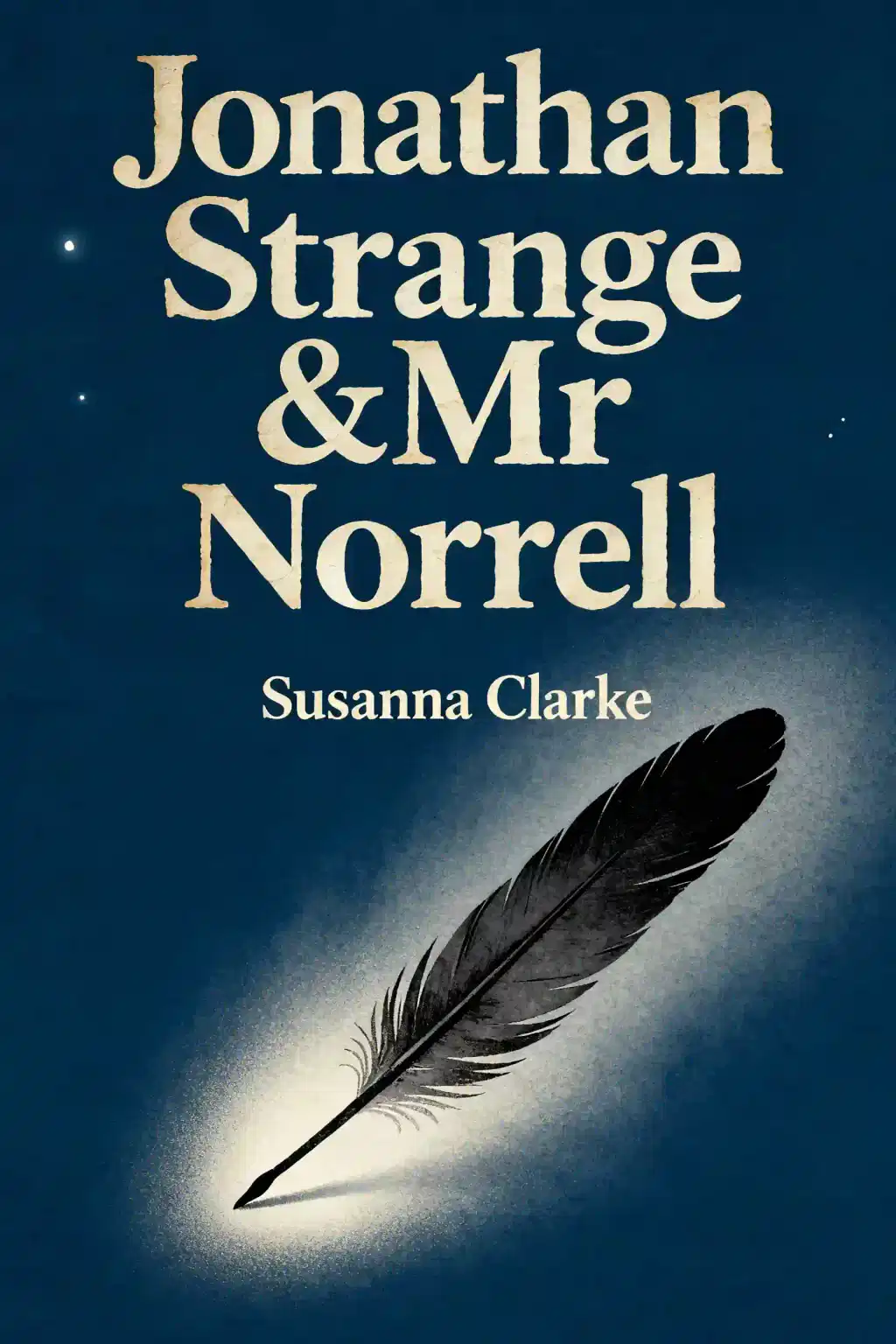What is
The Creative Act: A Way of Being about?
The Creative Act: A Way of Being explores creativity as a universal practice, blending philosophical reflections and practical advice. Rick Rubin frames creativity as a mindful, daily pursuit rather than a sporadic act, emphasizing openness to inspiration, experimentation, and overcoming self-doubt. The book’s 78 concise chapters offer insights on nurturing ideas, embracing uncertainty, and viewing life itself as an artistic medium.
Who should read
The Creative Act: A Way of Being?
This book is ideal for artists, writers, musicians, and anyone seeking to infuse creativity into their personal or professional life. Rubin’s wisdom resonates with both seasoned creators and those new to artistic expression, offering a non-dogmatic approach to redefining creativity as a way of being rather than a skill.
Is
The Creative Act: A Way of Being worth reading?
Yes, for its unconventional, reflective approach to creativity. Unlike formulaic self-help guides, Rubin’s book provides poetic meditations on aligning with inspiration, making it a valuable resource for revisiting during creative blocks. Critics note its occasional abstractness, but its emphasis on process over product appeals to readers seeking mental frameworks, not step-by-step instructions.
What are the key concepts in
The Creative Act: A Way of Being?
Core ideas include:
- Creativity as identity: “Creativity is something you are, not only something you do”.
- Seeds of inspiration: Collecting ideas without judgment to later refine.
- Breaking sameness: Refreshing perspectives during creative slumps.
- Audience last: Prioritizing personal authenticity over external validation.
How does Rick Rubin define creativity?
Rubin defines creativity as an innate, ever-present force accessible to everyone. He argues it’s a way of existing in the world—observing, curating, and channeling experiences into art. Creativity isn’t limited to traditional arts; it manifests in problem-solving, relationships, and daily choices.
What does Rick Rubin say about overcoming creative blocks?
Rubin advises embracing “breaking the sameness” by shifting your environment or revisiting work with fresh eyes. He encourages experimenting freely, accepting imperfection, and trusting that blocks are temporary phases in the creative cycle.
How does
The Creative Act address the role of the audience?
Rubin asserts that creating for an audience stifles authenticity. He urges artists to focus on self-expression first, noting, “In making art, the audience comes last.” This philosophy prioritizes personal fulfillment, arguing that genuine work naturally resonates.
What critiques exist about
The Creative Act: A Way of Being?
Some readers find Rubin’s advice overly abstract or reliant on privileged perspectives (e.g., advising prolonged creative experimentation without addressing financial constraints). Others feel the book’s lack of structure may frustrate those seeking actionable steps.
How does Rick Rubin’s music career influence the book?
Rubin’s decades producing artists like Johnny Cash and Red Hot Chili Peppers inform his emphasis on intuition, collaboration, and removing ego from the creative process. The book mirrors his studio ethos: nurturing raw ideas into their truest form.
Can
The Creative Act help non-artists?
Absolutely. Rubin positions creativity as a life practice—applicable to parenting, entrepreneurship, or personal growth. The book teaches how to approach challenges with curiosity, reframe failures as experiments, and find artistry in mundane moments.
How is
The Creative Act structured for readers?
The book’s 78 standalone chapters allow non-linear reading. Each section focuses on a theme (e.g., “Experimentation,” “Completion”), paired with quotes and metaphors. This modular design lets readers dip in for targeted inspiration or reflect deeply on specific concepts.
What makes
The Creative Act different from other creativity books?
Unlike tactical guides, Rubin’s work blends Zen philosophy, autobiographical nuance, and minimalist prose. It avoids name-dropping or industry anecdotes, instead offering universal principles for living creatively. The book’s strength lies in its redefinition of creativity as a spiritual practice.















